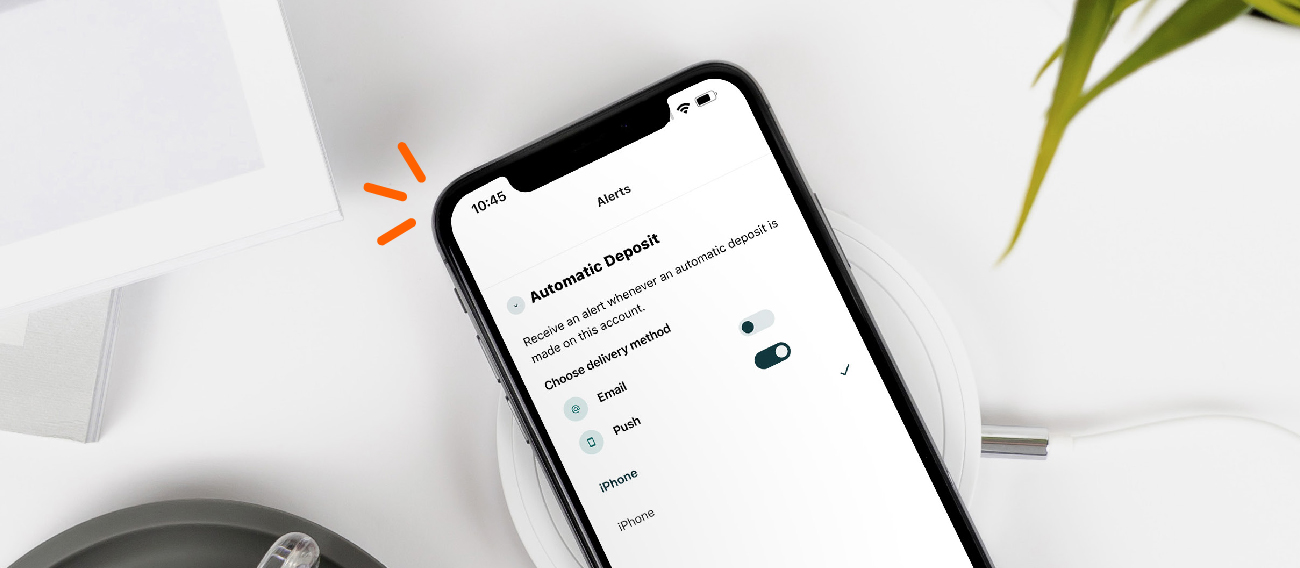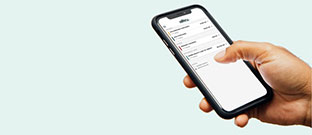Saving indefinitely can feel pointless. Why save money if you have the option to spend it? The key is to save strategically by choosing the right account for your goals. By saving for expenses ahead of time, you can avoid paying off a large loan for months or years. Here are some tips for choosing the right savings account, how to save toward multiple goals, and the importance of an emergency fund.
Saving Account Options
Financial institutions offer a wide range of Savings products. To strategically save, it’s important to know which account will work best for your goals. Are you saving short-term or long-term? Do you need quick access to your money? Do you just need a place to start? Check out these common Savings products, all of which are available at Alltru.
Primary Savings – A Primary Savings account is a basic starting point for building your savings. At credit unions, members are required to have an active savings account. This account gives you access to essential financial tools, including online and mobile banking, plus over 30,000 ATMs across our Shared Branch network. In addition, you’ll earn interest on the money in the account each year. If you need a simple account to open to save toward a goal, this is a great option too.
RollUp Savings – RollUp Savings accounts make saving easy. With every purchase, your transactions are rounded up to the next dollar. At the end of the day, we automatically transfer the extra change into your RollUp Savings account. The funds in this account earn interest too, helping your savings grow even faster. If you make a lot of small transactions, this is an impactful tool to use.
High Yield Online Savings – A High Yield Online Savings account is available to members with an active Checking account. You can easily transfer funds from your Checking account into this account via online or mobile banking. This account offers a higher yield than the national average, helping you grow your savings faster.
Health Savings Account (HSA) – Health Savings Accounts are designed to help you cover healthcare expenses, such as doctor visits, prescriptions, and long-term care. It’s a great idea to start saving in this account before you have large or ongoing medical expenses. This account comes with a dedicated debit card so you can easily pay for your healthcare needs. Plus, contributions to the HSA are pre-tax, meaning you can save more when tax season rolls around. You can fund your HSA via payroll deductions, electronic transfers, or in-branch deposits. There are additional requirements to qualify for this account. Make sure you thoroughly examine what’s necessary before you apply.
Holiday Savings – If you don’t plan ahead, the holiday season can be costly and result in significant credit card debt. A Holiday Savings account can help prevent that financial stress. Contribute to this account throughout the year through regular or automatic deposits. In the fall, your funds will be automatically transferred to your Checking account just in time for holiday shopping.
IRA – An IRA, or Individual Retirement Account. is perfect for long-term retirement savings. Once you’ve accumulated funds in this account, you can transition to other long-term savings products, such as IRA Savings, a Traditional IRA Certificate, or a Roth IRA. Since you don’t have to choose a long-term savings product up front, you can start saving with an IRA and then transfer the funds when you’re ready.
Certificates of Deposit – A Certificate of Deposit, or CD, is a savings product designed for those looking to save money over a set period of time. When you open a CD, you choose a savings term, which ranges from 3 months to 5 years. You also lock in your compounding interest rate so the market doesn’t affect your savings. At the end of the term, you can either access your funds or renew your CD to continue saving.
Money Market – A Money Market is a unique type of Savings account. The more money you contribute, the higher your return rate. If you want a secure account for a large amount of money, this is a great option. A minimum of $250 is needed to avoid a monthly fee. In addition, this account is a great way to diversify your portfolio.
Multiple Goal-Driven Savings Accounts
Saving is essential for maintaining strong financial health, but what’s the most effective way to save? Opening a Savings account and setting up automatic transfers on payday is simple. Without a plan, that strategy isn’t very effective. To make your savings more impactful, consider opening multiple goal-oriented savings accounts to help you save toward specific goals.
Here are some key benefits of having multiple savings accounts, each with a clear purpose:
Stay motivated. One of the main advantages of multiple savings accounts is how they keep you motivated. By tracking how much you’ve saved for each goal, you get a clear sense of progress. Whether it’s your Vacation Fund or Emergency Savings, every time you log into online banking, you’ll see how much your savings have grown.
Achieve your goals. Having separate accounts can also help you focus on what you truly want. Dreaming of a vacation? Start an account for it. Thinking about going back to school? Open a dedicated account for tuition. It’s an effective way to prioritize and save for your specific goals. Since all these funds are separate from each other, you can clearly see your progress for each one, which makes it less tempting to use the funds for a different expense.
Avoid debt. Opening multiple accounts can also help you stay within your budget and avoid falling into debt. By saving up for your goals rather than charging them, you won’t have to worry about high-interest credit card debt. Plus, if you choose an interest-bearing account Alltru’s High Yield Online Savings, your savings could even earn you extra money through above average returns.
Managing several savings accounts may not be the right approach for everyone. Be sure you’re able to handle several separate accounts and that each account aligns with your overall financial goals. For instance, if you’re not saving enough for retirement, focusing on a travel fund might not be the most beneficial in the long run.
Emergency Fund Steps
An emergency fund is a pool of money you have set aside to only use in emergency situations. Having an emergency fund can help you avoid financial strain or credit card debt when unexpected situations arise. Unplanned bills can cost various amounts, so it’s important to have money set aside to cover these costs in case you lose your income. Here are the steps you need to create an emergency fund.
Create a starting point. A great starting point is to have $1,000 saved in an emergency fund. This can cover some emergencies such as a car repair, insurance deductible, or emergency room visit. Note that this is only the beginning. You’ll want to increase the amount of money in this account later.
Open a Savings account. We recommend opening a dedicated account for your emergency fund. This makes it less tempting to use this money for a non-emergency and helps you easily track your progress. Alltru’s Primary Savings account or High Yield Online Savings account are ideal options, since you can quickly transfer money to your Checking account when you need the funds.
Budget your savings plan. Budgeting to save for your emergency fund can look different for everyone, since everyone has a different amount of income and existing savings. If you already have a sufficient balance in your savings, you can transfer some into your new emergency fund account to help you reach the initial $1,000 goal. If you don’t have enough existing funds to move into your emergency fund account, set aside a portion of your income to gradually build your fund over the next few months.
Increase your emergency fund goal. Once you reach your $1,000 goal, you should continue saving to increase your funds. A fully funded emergency fund should ha eve around six months of expenses. This includes your car loan, minimum credit card bill, rent, utilities, groceries, insurance, and other regular occurring bills. In case you lose your job, you can temporarily live off these savings until you find new employment. Keep building your emergency fund as a line item in your budget until you hit this goal.
Spend the funds. When the unexpected happens, these funds will be here for you to use. By having an accessible Savings account, you can quickly transfer money to your Checking account and use your debit card to pay the bill. Hopefully, your expense will be small, but having a fully funded account is a great cushion to have.
Refill your account. When you spend some of the money in your emergency fund, slot it back into your budget so you can refill the account. You never know when emergencies will happen. Refilling this account will give you peace of mind when the next situation arises that needs immediate attention and payment.
Conclusion
Everyone’s experience saving money will be different. By choosing from a variety of accounts, you can choose the one that aligns with your short-term and long-term plans. Whether you want to save for retirement, plan a vacation, or build an emergency fund, there’s no better time to start. The earlier you start saving, the easier it comes to budget for and reach your goals. Creating a strategic savings plan will help you benefit from your good habits now and in the future. When you’re ready to open a Savings account, contact Alltru to start.







